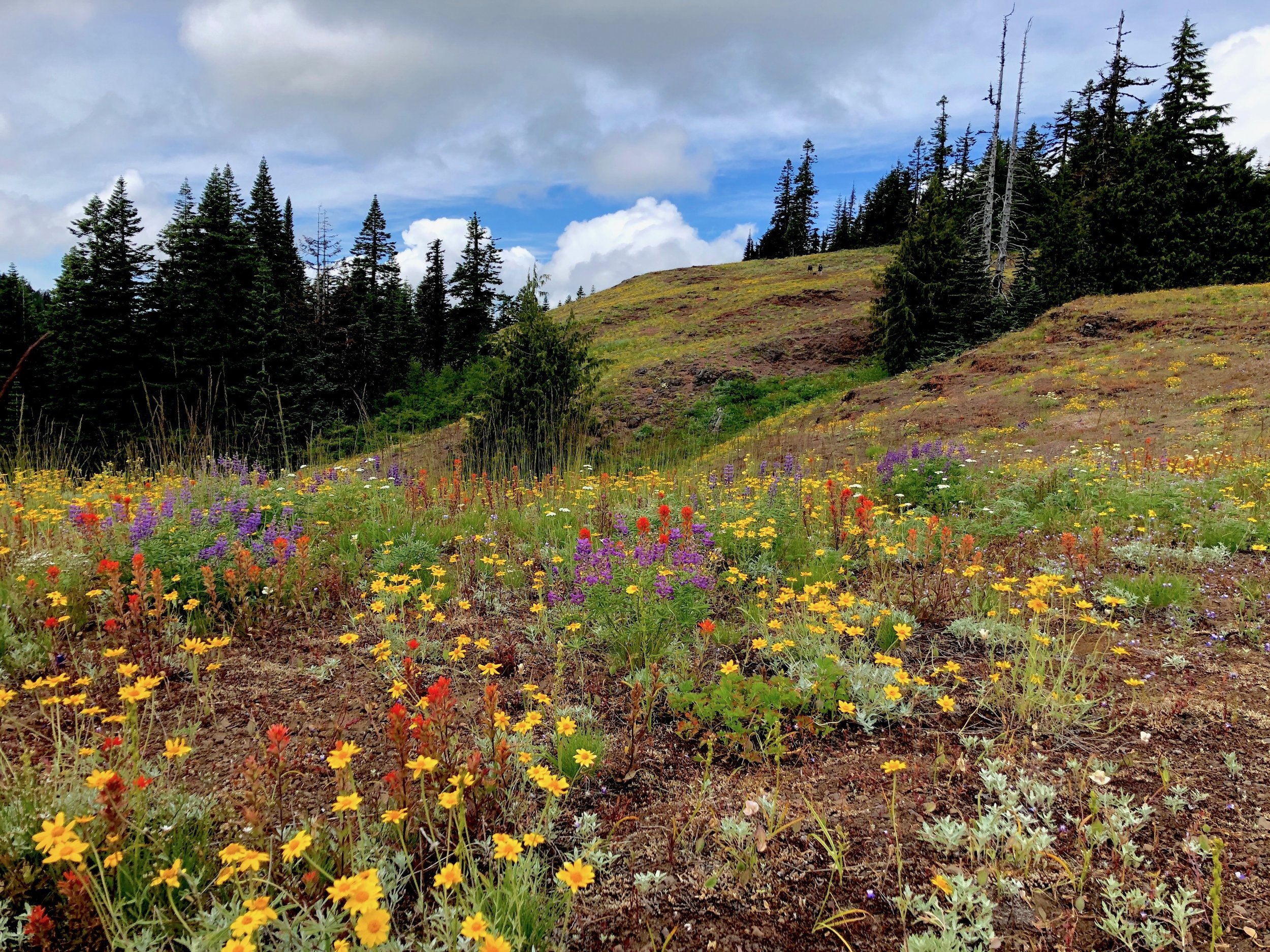
Biodiversity
Biodiversity is an interesting subject. There are many different definitions, but the main components of biodiversity are the various living and non-living parts of an ecosystem. Things like soil, rocks, trees, shrubs, forbs and grasses. Although the discussion can be long and somewhat detailed, in our case the term Biodiversity refers to how many different plants are in a landscape: Vegetative Diversity (or in ecological terms — “species richness”)
But why is diversity important in an urban landscape? A biologically diverse planting has many benefits over a landscape with a limited number of plant types, including:
Increased resistance to disease
Increased resistance to pests
Increased habitat value for wildlife and pollinator species
Increased soil health
Increased visual quality and interest
Decreased dependence on water and fertilizers
Decreased infestation by weeds
Decreased maintenance requirements
The science behind these benefits is fascinating.
Additionally, greater levels of diversity help mitigate the loss of habitat and ecological function in rural and natural areas often caused through disturbances like fire, or through cultural practices like farming. Increasing diversity within our urban settings results in long-term sustainability and aids in regenerating many of the ecological functions lost through development — critically important concerns as we move into a future of rapidly changing climatic conditions.
This is a huge subject and one of the key issues the HDHC is designed to address. But by creating a healthy system, landscapes can largely take care of themselves and thrive in urban settings.
Diversity
A broad pallet of plant species and types is common in most healthy ecosystems. Even this often overlooked landscape contains an amazing diversity of environments and structural elements that support a wide range of plants. Replicating the structural complexity of natural systems in urban landscapes can be one method of increasing biodiversity and providing all the benefits of a functional ecology.
Diversity in an urban landscape
Creating the structure and conditions that support a wide range of plant types in an urban setting can provide both the aesthetic quality people expect of their landscapes and the ecological and biological benefits of nature.



